Electric vehicles (EVs) are inducing revolutionary developments to the transportation and power sectors. Their innumerable benefits are forcing nations to adopt this sustainable mode of transport. Governments are framing and implementing various green energy policies. Nonetheless, there exist several critical challenges and concerns to be resolved in order to reap the complete benefits of E-mobility. The impacts of unplanned EV charging are a major concern. Accurate EV load forecasting followed by an efficient charge scheduling system could, to a large extent, solve this problem. This entry focuses on short-term EV demand forecasting using three learning frameworks, which were applied to real-time adaptive charging network (ACN) data, and performance was analyzed. Auto-regressive (AR) forecasting, support vector regression (SVR), and long short-term memory (LSTM) frameworks demonstrated good performance in EV charging demand forecasting. Among these, LSTM showed the best performance with a mean absolute error (MAE) of 4 kW and a root-mean-squared error (RMSE) of 5.9 kW.
- Vehicle-to-Grid
- vehicle grid integration
- renewable energy sources
1. Introduction
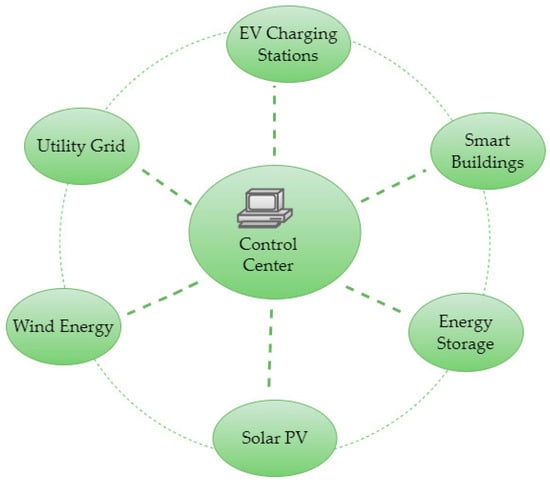
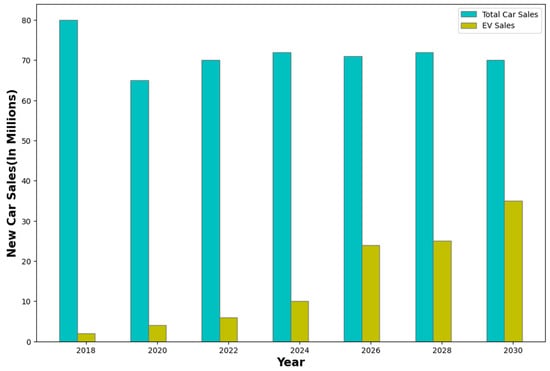
2. Categories of EVs
2.1. BEV

2.2. HEV
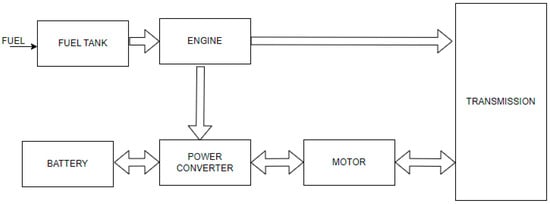
2.3. PHEV
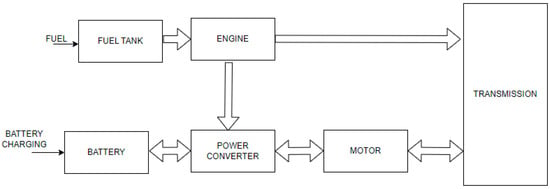
2.4. FCEV
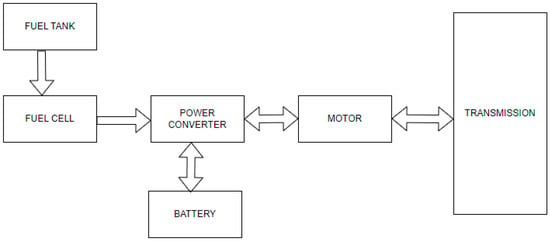
3. EV as a Source and Store of Energy-V2G, V2H, V2V
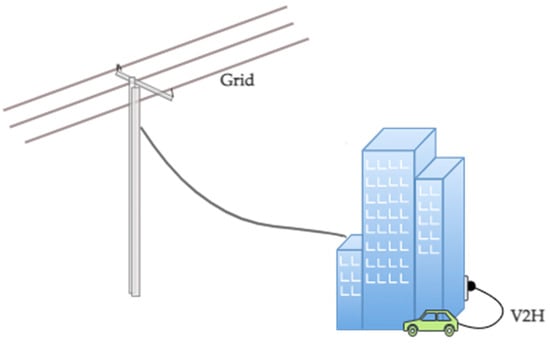
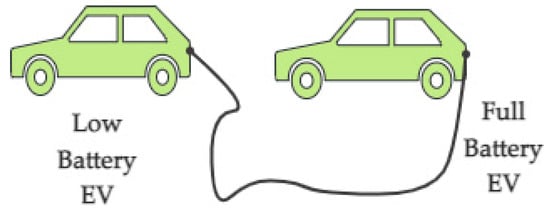
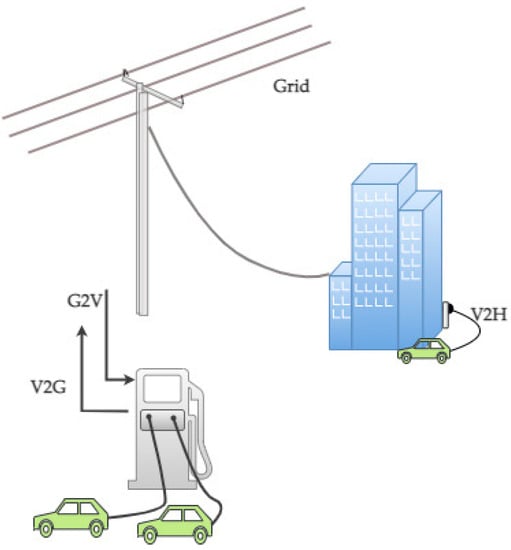
This entry is adapted from the peer-reviewed paper 10.3390/wevj14090259
References
- Olawebcdn. Available online: https://olawebcdn.com/ola-institute/OMI_White_Paper_Vehicle_to_Grid_(V2G)_in_India.pdf (accessed on 22 October 2022).
- Zolfagharinia, H.; Zangiabadi, M.; Hafezi, M. How much is enough? Government subsidies in supporting green product development. Eur. J. Oper. Res. 2023, 309, 1316–1333.
- Song, S.; Lin, H.; Sherman, P.; Yang, X.; Chen, S.; Lu, X.; Lu, T.; Chen, X.; McElroy, M.B. Deep Decarbonization of the Indian Economy: 2050 Prospects for Wind, Solar, and Green Hydrogen. iScience 2022, 25, 104399.
- Bistline, J.E.T.; Young, D.T. The Role of Natural Gas in Reaching Net-Zero Emissions in the Electric Sector. Nat. Commun. 2022, 13, 4743.
- Shukla, P.R.; Skea, J.; Slade, R.; Al Khourdajie, A.; van Diemen, R.; McCollum, D.; Pathak, M.; Some, S.; Vyas, P.; Fradera, R.; et al. (Eds.) IPCC, 2022: Climate Change 2022: Mitigation of Climate Change: Contribution of Working Group III to the Sixth Assessment Report of the Intergovernmental Panel on Climate Change; Cambridge University Press: Cambridge, UK; New York, NY, USA, 2022.
- Colmenar-Santos, A.; Muñoz-Gómez, A.-M.; Rosales-Asensio, E.; López-Rey, Á. Electric vehicle charging strategy to support renewable energy sources in Europe 2050 low-carbon scenario. Energy 2019, 183, 61–74.
- Klingler, A.-L. The effect of electric vehicles and heat pumps on the market potential of PV + battery systems. Energy 2018, 161, 1064–1073.
- Szinai, J.K.; Sheppard, C.J.; Abhyankar, N.; Gopal, A.R. Reduced grid operating costs and renewable energy curtailment with electric vehicle charge management. Energy Policy 2020, 136, 111051.
- Eldho, R.P.; Deepa, K. A comprehensive overview on the current trends and technological challenges in energy storages and charging mechanism in electric vehicle. J. Green Eng. 2020, 10, 4679–6713.
- Poornesh, K.; Nivya, K.P.; Sireesha, K. A Comparative study on Electric Vehicle and Internal Combustion Engine Vehicles. In Proceedings of the 2020 International Conference on Smart Electronics and Communication (ICOSEC), Trichy, India, 10–12 September 2020.
- Chan, C.C. The state of the art of electric and hybrid vehicles. Proc. IEEE 2002, 90, 247–275.
- Chan, C.C.; Chau, K.T.; Jiang, J.Z.; Xia, W.; Zhu, M.; Zhang, R. Novel permanent magnet motor drives for electric vehicles. IEEE Trans. Ind. Electron. 1996, 43, 331–339.
- Bose, B.K.; Szczesny, P.M. A microcomputer-based control and simulation of an advanced IPM synchronous machine drive system for electric vehicle propulsion. IEEE Trans. Ind. Electron. 1988, 35, 547–559.
- Pearre, N.S.; Ribberink, H. Review of research on V2X technologies, strategies, and operations. Renew. Sustain. Energy Rev. 2019, 105, 61–70.
- Corchero, C.; Sanmarti, M. Vehicle-to-Everything (V2X): Benefits and Barriers. In Proceedings of the 2018 15th International Conference on the European Energy Market (EEM), Lodz, Poland, 27–29 June 2018; pp. 1–4.
- Khezri, R.; Steen, D.; Tuan, L.A. A Review on Implementation of Vehicle to Everything (V2X): Benefits, Barriers and Measures. In Proceedings of the 2022 IEEE PES Innovative Smart Grid Technologies Conference Europe (ISGT-Europe), Novi Sad, Serbia, 10–12 October 2022; pp. 1–6.
- Global Electric Vehicle Market 2020 and Forecasts Canalys Newsroom. Available online: https://canalys.com/newsroom/canalys-global-electric-vehicle-sales-2020 (accessed on 13 February 2023).
- Biresselioglu, M.E.; Demirbag Kaplan, M.; Yilmaz, B.K. Electric Mobility in Europe: A Comprehensive Review of Motivators and Barriers in Decision Making Processes. Transp. Res. Part A Policy Pract. 2018, 109, 1–13.
- Berkeley, N.; Jarvis, D.; Jones, A. Analysing the Take up of Battery Electric Vehicles: An Investigation of Barriers amongst Drivers in the UK. Transp. Res. Part D Transp. Environ. 2018, 63, 466–481.
- Powell, S.; Cezar, G.V.; Min, L.; Azevedo, I.M.L.; Rajagopal, R. Charging infrastructure access and operation to reduce the grid impacts of deep electric vehicle adoption. Nat. Energy 2022, 7, 932–945.
- Shemami, M.S.; Amrr, S.M.; Alam, M.S.; Asghar, M.S.J. Reliable and Economy Modes of Operation for Electric Vehicle-to-Home (V2H) System. In Proceedings of the 2018 5th IEEE Uttar Pradesh Section International Conference on Electrical, Electronics and Computer Engineering (UPCON), Gorakhpur, India, 2–4 November 2018; pp. 1–6.
- Shin, H.; Baldick, R. Plug-In Electric Vehicle to Home (V2H) Operation Under a Grid Outage. IEEE Trans. Smart Grid 2017, 8, 2032–2041.
- Datta, U.; Kalam, A.; Shi, J. The Strategies of EV Charge/Discharge Management in Smart Grid Vehicle-to-Everything (V2X) Communication Networks; IntechOpen eBooks: London, UK, 2019.
- Vempalli, S.K.; Deepa, K. Novel V2V Charging Method Addressing the Last Mile Connectivity. In Proceedings of the IEEE International Conference on Power Electronics, Drives and Energy Systems, Chennai, India, 18–21 December 2018.
- Han, S.; Han, S.; Sezaki, K. Development of an Optimal Vehicle-to-Grid Aggregator for Frequency Regulation. IEEE Trans. Smart Grid 2010, 1, 65–72.
